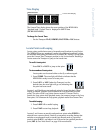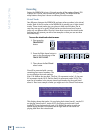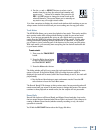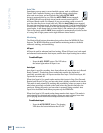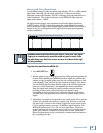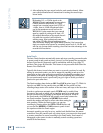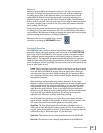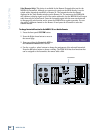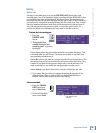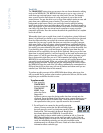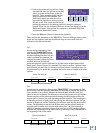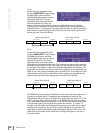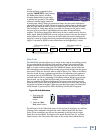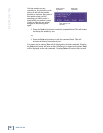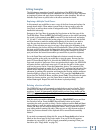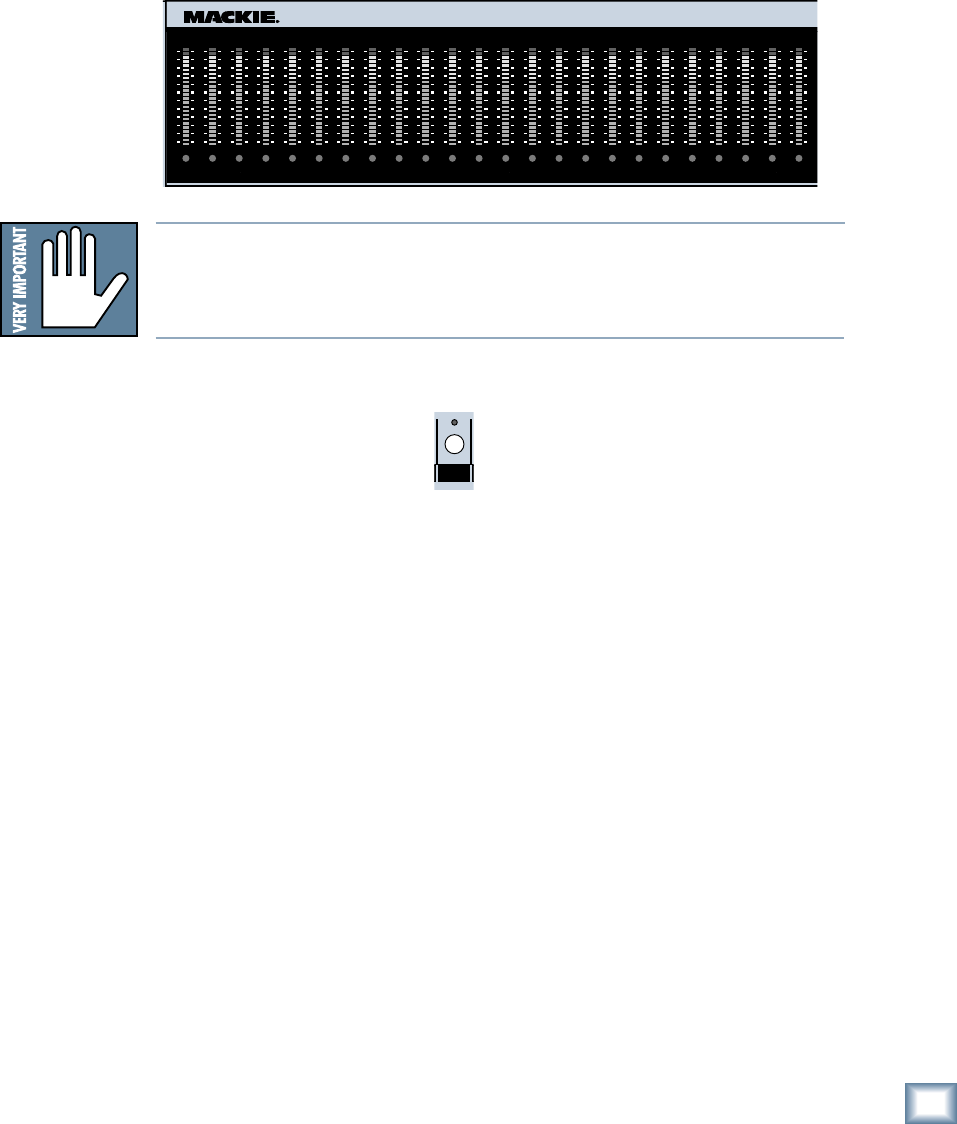
41
Operation Guide
Operation Guide
242322212019181716151413121110987654321
24TRACK/24BIT DIGITAL AUDIO HARD DISK RECORDER
OL
2
4
7
10
15
20
25
30
35
40
50
OL
2
4
7
10
15
20
25
30
35
40
50
OL
2
4
7
10
15
20
25
30
35
40
50
OL
2
4
7
10
15
20
25
30
35
40
50
OL
2
4
7
10
15
20
25
30
35
40
50
OL
2
4
7
10
15
20
25
30
35
40
50
OL
2
4
7
10
15
20
25
30
35
40
50
OL
2
4
7
10
15
20
25
30
35
40
50
OL
2
4
7
10
15
20
25
30
35
40
50
OL
2
4
7
10
15
20
25
30
35
40
50
OL
2
4
7
10
15
20
25
30
35
40
50
OL
2
4
7
10
15
20
25
30
35
40
50
OL
2
4
7
10
15
20
25
30
35
40
50
OL
2
4
7
10
15
20
25
30
35
40
50
OL
2
4
7
10
15
20
25
30
35
40
50
OL
2
4
7
10
15
20
25
30
35
40
50
OL
2
4
7
10
15
20
25
30
35
40
50
OL
2
4
7
10
15
20
25
30
35
40
50
OL
2
4
7
10
15
20
25
30
35
40
50
OL
2
4
7
10
15
20
25
30
35
40
50
OL
2
4
7
10
15
20
25
30
35
40
50
OL
2
4
7
10
15
20
25
30
35
40
50
OL
2
4
7
10
15
20
25
30
35
40
50
Metering and Setting Record Levels
A professional analog recorder has meters that indicate 0 VU at a +4 dBu nominal
signal level. Generally you can record peaks 10 to 15 dB above that before
distortion becomes objectionable. This 10-15 dB range above the nominal level is
called “headroom”. The overload indicators on the MDR24/96 light when the
signal level reaches –1 dBFS.
On digital recorder meters, zero represents the full-scale digital signal level,
0 dBFS for short. 0 dBFS is the hottest signal that a digital device can handle,
with no headroom to spare. When a digital signal reaches 0 dBFS for more than a
sample or two, the resulting distortion is uglier than scraping your fingernails
across a chalkboard.
To get the best sound from the MDR24/96:
1. Turn ALL INPUT on.
2. Ask the talent to play or sing as loud as they will be performing during the
session. While watching the MDR24/96 meters, adjust the console’s tape
outputs so that the signal peaks cause the red overload indicators to come
on occasionally. Then, back off the tape output level slightly. This insures
the best fidelity and the widest dynamic range in the recorded signal and
leaves you a little headroom to accommodate the talent’s enthusiasm.
Keep the signal levels as high as possible without overload, because
recording at lower levels reduces resolution and dynamic range.
Nonetheless it is always better to be conservative and avoid the risk of
overload than to try squeezing the last ounce of dynamic range from the
signal.
3. Alternately, if you have a tone generator or a sound source with a constant
volume (you can hold down a key on a synth), turn All Input on and send
the tone to all 24 tracks of the console. Adjust the output levels to read
0 VU on analog consoles, or around –20 dBFS on digital consoles. If the
MDR24/96 meters read –15 to –20, you’re in good shape. This leaves
enough headroom for most popular music, but if you’re recording acoustic
music, jazz, classical, or narration, you may want to leave a little more.
When the talent starts to play you may have to make some final tweaks to
get everything just right.
Remember, audio levels must NEVER reach 0 dBFS... never, ever, ever. Digital
clipping is an extremely nasty sound that could only pass for music if you
like what those crazy kids listen to over and over at all hours of the night
including weekdays.
ALL
INPUT



